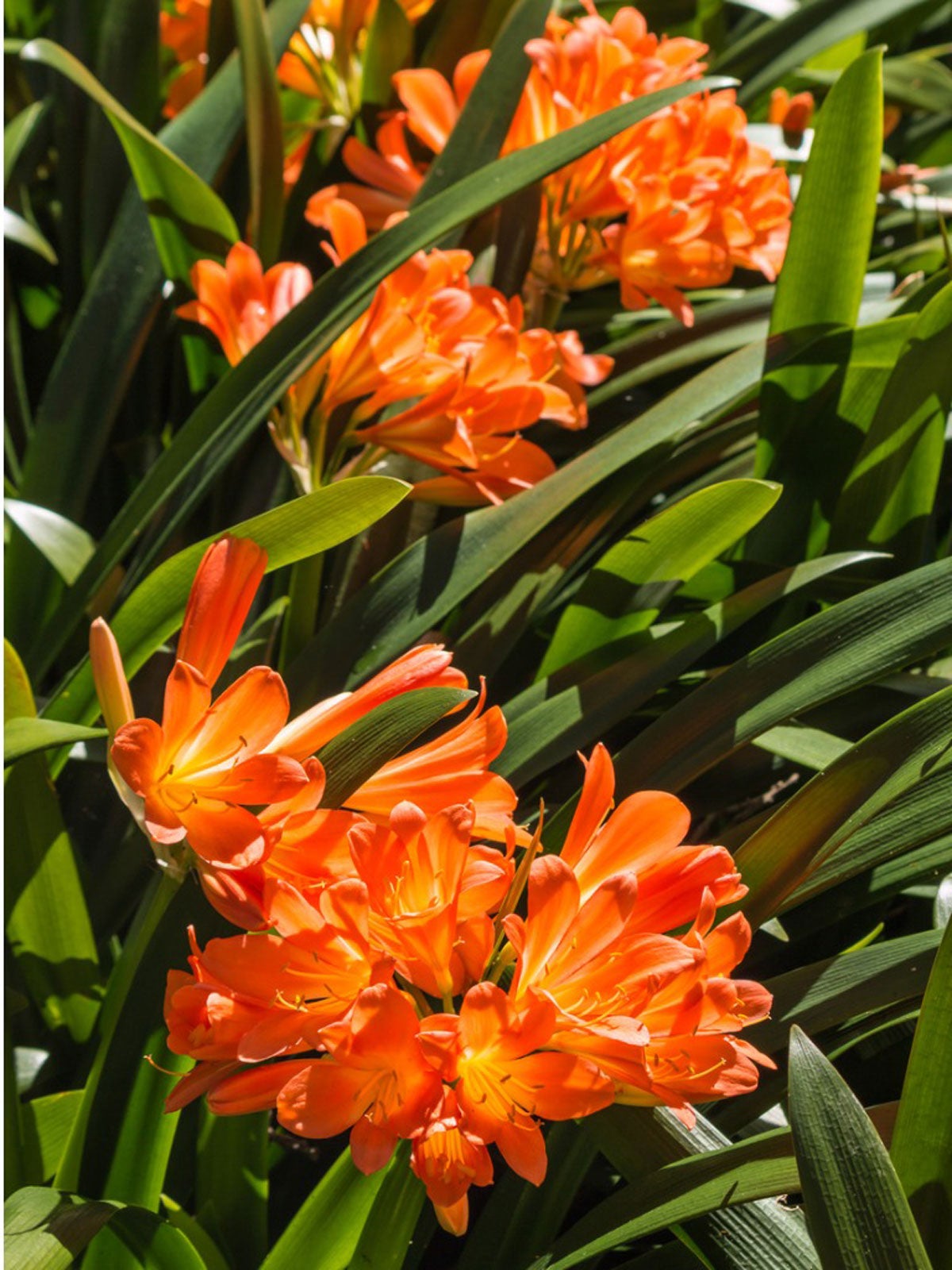What’s Wrong With My Clivia: Diagnosing Problems With Clivia Plants


Growing an assortment of potted plants throughout the winter months is just one way for gardeners to remain sane when they are unable to work the soil. Besides adding visual interest and appeal indoors, several studies have shown that houseplants help improve mood. Clivia, also known as bush lily, is just one example of a winter blooming tropical sure to brighten the day of its growers with vibrant clusters of orange flowers.
Caring for this plant is relatively simple. However, there are some clivia plant problems and clivia plant diseases to consider.
What’s Wrong with My Clivia Plant?
Like many tropical houseplants, this ornamental is valued for its beauty. Even when not in bloom, clivia containers are often overflowing with glossy dark green foliage. It is easy to understand the cause for alarm when clivia issues begin to show themselves.
Houseplants may be more susceptible to problems related to watering and insect infestation. Clivia plant diseases are no exception to this.
To avoid clivia plant problems, focus on providing ideal growing conditions. This means positioning potted plants near a sunny window where they receive bright, indirect light.
Problems with clivia also arise when proper irrigation is not maintained. Only water clivia when the surface of the soil has become dry. Make certain to avoid wetting the foliage of the plant when doing so. Excessive or incorrect watering can cause issues with root rot, crown rot, and other fungal diseases.
If conditions related to water are not the issue, closely examine plants for signs of insects. Specifically, mealybugs may cause a significant threat to indoor plants. Mealybugs feed on the foliage of the plant. Among the first signs of mealybug infestation is the yellowing of leaves. Over time, the leaves turn brown and will prematurely fall from the plant.
Sign up for the Gardening Know How newsletter today and receive a free copy of our e-book "How to Grow Delicious Tomatoes".
Those growing clivia outdoors in tropical regions may encounter further issues with insects. Amaryllis borer moths are another common pest that may cause the decline of clivia health or complete loss of plants.

Tonya Barnett has been gardening for 13 years. Flowers are her passion. She has transformed her backyard into a cut flower garden, which she regularly chronicles on her YouTube channel http://www.youtube.com/@tonyawiththeflowers.